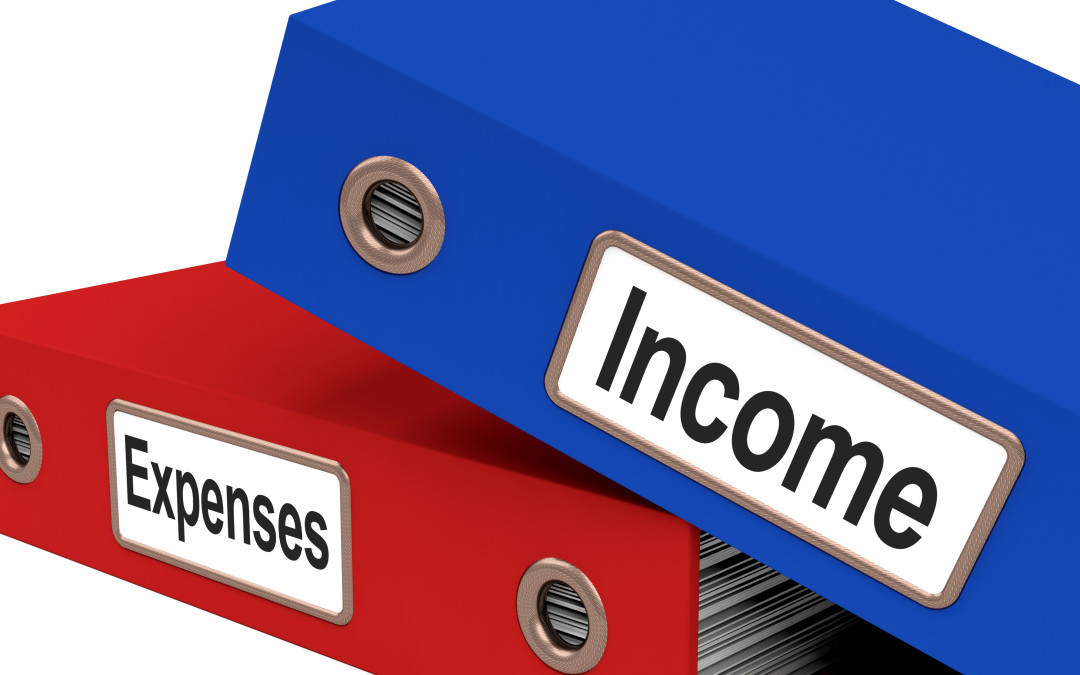
6 Financial Reports You Need To Review Monthly And Why
There are 6 reports every Fair CEO should be reviewing monthly. These reports are:
- Income and Expense Statement
- Balance Sheet
- Cash Flow Report for the current period
- Cash Flow Projection for next 6 months and past 6 months actual cash flow
- Accounts Receiveables
- Accounts Payables
Income and Expense Statement
The income and expense statement gives you an overview of the previous months financial activity in detail especially when reviewed along with the check register. There are many examples of income and expense statements available. Each Fair should have an overview income and expense statement for the overall organization, and then one for each revenue center: Fairtime, Year Round Events, RV Camping, etc. that then is rolled up into the overall organization’s statement.
In addition, it’s important to review the check register monthly. Look for abnormality’s, ie missing and voided checks, large purchases, purchases to unknown sources. The check register should identify the payee, as well as brief description of what the item purchased was. For example, Payee ABC Hardware and description: exhibit hall remodel.
Balance Sheet
The Balance Sheet will provide a snapshot of the Fair’s financial position at one specific moment. This document lists all of the assets and liabilities of the Fair.
If you acquired assets make sure that they are added to your balance sheet. When you dispose of assets, they are to be removed from the balance sheet. If you have changes from month to month, can you account for the difference? If not, dig into your financials and find out what happened.
Cash Flow Report For Current Period
The Cash Flow Report identifies what cash came in and what cash went out during a period of time. This is actual cash in and actual cash out.
The purpose of reviewing the report for the current period will educate you on what happens during any one particular month/period. With any business, cash flow changes from month to month, for a variety of reasons. For the Fairs, their cash flow increases during the “Fair” month, and decreases, or may be non-existent, during other months. If your Fair has a low cash flow month, it’s imperative that the CEO understand what expenses must be paid during that time, and which ones can be deferred for a later time. In these situations, weekly monitoring of cash flow may be necessary to provide you with an accurate and timely financial picture.
Cash Flow Report for Past 6 Months and Projected Cash Flow for Next 6 Months
Reviewing the cash flow report for the current period alone will not provide you with the entire picture. This Cash Flow Report will provide you with a good idea of what happened, and what is expected to come. Reviewing this report monthly will also make it easier to identify those months that you may need to “tighten up” on spending.
Accounts Receivable List
This report will provide you with a list of money that is due to the Fair. In most cases this is revenue from renting your facilities although it could be vendor space rental, food vendor revenue or even sponsorship money. Review this list monthly to identify potential problems in collecting funds. For example, if an event promoter has an outstanding balance that hasn’t been paid for in more than 30 days, a written reminder should be sent with an invoice. It’s important to stay on top of potential “bad debts”. Keep in mind that any unpaid accounts receivables could end up in court. Document, document, document any and all attempts to collect the debt. If you do this as you invoice, it will be much easier if you need to go to court.
Accounts Payable List
As with the cash flow reports, the accounts payable report is all about cash – what your Fair owes to others. This could be for supplies, a loan payment, refunds, etc. If this report is not inclusive of all funds your Fair owes then you have an incomplete picture of the Fair’s debts. Not having the full picture is very misleading!
Summary
Your financial picture is made up of many parts that make the whole picture. If any of these don’t look right …. it’s up to you to question, research and understand what’s happening with the financials of your organization!

